Paddleboarding Philosophy Part of ‘Waterman Ethic’
By John Hughes // June 20, 2013
Important component of Cocoa Beach Surf Museum
BREVARD COUNTY • COCOA BEACH, FLORIDA— An important component of the Cocoa Beach Surf Museum’s mission is the promotion of the “Waterman Ethic” within the surf community.
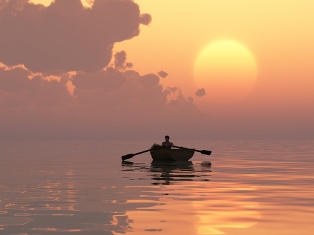
This philosophy espouses the belief that surfers should expand their horizons beyond the confines of surfing and become knowledgeable about all aspects of ocean pursuits such as sailing, paddleboarding, diving (both SCUBA and free diving) fishing, spear fishing and so on.
AT HOME IN THE OCEAN
This produces an individual who feels at home in the ocean, an individual who can be counted on to respond appropriately to any situation that the sea can muster.
There is no degree given or certificate awarded, just the satisfaction that you are recognized as a true Waterman by your peers.
Paddleboarding has been a part of the Cocoa Beach Surf Museum activities since the idea of a museum dedicated to East Coast surf history was first borne on the boardwalk of 13th Street South around 1998.
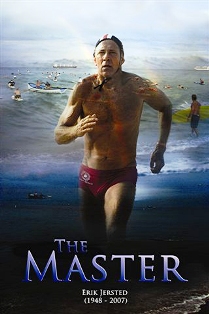
As far back as 1912 when Jacksonville Beach got its first lifeguards, paddleboards were used to rescue people and for the guards to stay fit. “Because of that there were paddleboard races between the various lifeguard agencies” said Jim McCrady, United States Lifesaving Association Academies Director. Paddleboard races also became popular at surf contests in the 1960’s.
Generally, on the East Coast, these were relatively short races using the same surfboard that the competitor used for the surfing events.
Longer distance events using specialized equipment just for racing were well-established in California, including the legendary Catalina Classic event that covered 32 miles from Catalina Island to Manhattan Beach.
The sport had never got much of a toe-hold on the East Coast for a number of reasons, but the main reason was the short board revolution, which simultaneously made long surfboards and contests uncool.
RE-EMERGENCE OF PADDLEBOARDING
The sport re-emerged in California in the early 80’s with the revival of the Catalina Classic.

Within a few years there were numerous races with hundreds of competitors racing high-tech, light-weight paddleboards.
However, this phenomenon went mostly unnoticed on the East Coast. A lack of paddleboard manufacturers and generally less favorable ocean conditions for paddling kept the sport from catching on as it had on the West Coast.
By the mid 1980’s, pockets of paddleboarding activity in Florida began to form around United States Lifeguard Association races that included short distance competitions on 10-foot, 6-inch rescue paddleboards. This eventually generated interest in racing longer distances.
KEY WEST CLASSIC
One of the first was what is now known the Key West Classic. This is a 12-mile race around the island that began in 1997 and has become one of Florida’s most popular race venues.
Around 1998, Sean O’Hare and other 13th Street locals began holding informal paddleboard races of a mile or two using surfboards and old stripped-down windsurfers.
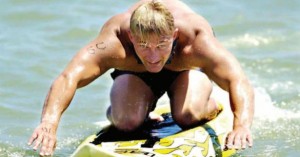
Some of the participants included Jeff Kennedy, Wyatt Werneth, Jason Tavenier, Matt Mullen, Matty Neilsen, Charles Ablen and myself.
Shortly afterwards, noted local shapers Pat O’Hare and Robert Strickland fashioned a pair of 12-foot paddleboards, spurring others to upgrade their equipment.
In 1999, O’Hare and Neilsen got together to form the 13th Street Paddleboard Club (notable for their infamous floating turd logo). The club’s first event was a one-mile team relay race, which was a huge success. This increased awareness in the local surf community of this long-neglected water sport.
FLORIDA STATE PADDLEBOARD CHAMPIONSHIPS
In 2006, my wife Marie and I became the race directors of the Florida State Paddleboard Championships.
In 2007, we were fortunate enough to have Quiksilver Edition sponsor 6-time (currently 11-time) Molokai Champion, Jamie Mitchell, to enter our race. Jamie won the event easily despite grueling conditions, giving Florida paddlers a glimpse of what world-class paddling was all about.
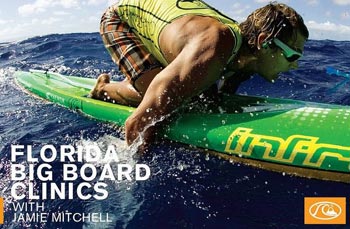
This event was also notable for having the first SUP division on the East Coast, as a demonstration event.
Later that year, QSE team manager Barrett Tester brought back Jamie and team member Kyle Mokaguchi for the Big Boards Clinic, a day-long intensive training event for prone (traditional) and stand-up racing paddlers.
This year, the Florida State Paddleboard Championships is proud to be a World Paddle Association points sanctioned event. There are only six sanctioned events in each region. This is a tremendous boost to the Florida paddling community and encouraged many local paddlers to enter international events such as the Catalina Classic and the Molokai Crossing.
This year’s Florida State Paddleboard Championship will be held Saturday, March 30 at the Cocoa Beach Pier in conjunction with the Easter Surf Festival.
BIRTH OF THE CAUSEWAY CHALLENGE
In 2007, the 22-mile Causeway to Causeway Challenge (C2C) was borne.
Andy, Kim Kelly, Marie and I were having lunch one Saturday at Juice-N-Java when the discussion turned to the fact that the East Coast had no long-distance equivalent to the West Coast distance events.

I brought up the idea of a 22-mile course in the Indian River from the S.R 520 bridge to the Pineda bridge and back as I thought this would be a good way to hold such an event in a more controlled environment, giving local paddlers an introduction to this type of an event.
“Well let’s get started now,” said Kim and three weeks later we had our first C2C Challenge. We thought we might get 5 or 6 entrants, at most.
However, much to our delight, 23 entrants paddled in that first event. We opened the race to any paddlecraft and over the years, in addition to prone and stand-up paddleboards, we have had OC-1 and OC-6 outrigger canoes, lifeguard surf dories, kayaks, K1 kayaks, and surfskis.
Although the C2C is a non-trophy event, there have been blazing fast times set by Jeff Noel, JP Atherholt, and Greg Shmidt on traditional paddleboards, as well as the epic battles on SUPs between Gary Wise and Chip Bock.
COURSE RECORD
The course record was set last year by Gary Wise at 3:39:18 in an OC-1. Top finishers include surfskier Tristan Fiedler, K1 kayakers Matt Coiro and Tom Buddington and the surf dory team from Ft Lauderdale captained byJim McCrady.
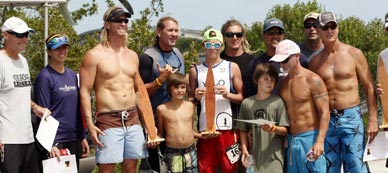
Each year, many enthusiasts enter the race just for the challenge of going the distance. We allow eight hours to complete the course, giving event first timers plenty of leeway. Every entrant receives a race jersey and there is a BBQ afterwards where everyone can socialize and refuel.
Over the years FSPBC and the C2C have grown in stature to become among the most anticipated events on the East Coast. They continue to represent the museum and its mission by showcasing elite athletes and watermen and women for the general public to appreciate.
With the explosive growth of stand-up paddle sports, these events have a bright future that museum members can be proud of. The FSPBC and C2C also serve the function of raising funds for the museum. We are always looking for sponsorship for these events.
LEGENDS OF PADDLEBOARDING
“Without a doubt, the greatest paddleboard racer in the history of Florida was Erik Jersted. There was nobody even close to him” said McCrady.
“Jersted won regionals ten years in a row and paddled from Bimini to Fort Lauderdale (about 60 miles) four times. Once when he paddled it, the weather was so bad it took him 34 hours. From the 1970’s through the mid 1980’s Jerted was virtually undefeated.
Then Brian Bowen became the dominant force and he went undefeated for five years from the sprints to distance races. Bowen would win races by hundreds of yards and took paddling to new heights.
Michael O’Shaugnessy was successful in promoting the sport more than anyone to paddlers outside the lifesaving community.
Heather Hansen (Irurzun) was the most dominant female paddler in all sprint races and was virtually undefeated for ten years.

Legendary waterwoman and female paddler Cynthia Aguilar dominated distance paddling and was noted for getting faster the longer the race went. Aguilar actually paddled from Cuba to Key West by herself which was approximately 130 miles.
Other notable female paddlers were Tracy Moll and Christine McCrady who were Regional Sprint and Key West Classic Champions.
Lauren Baker and Jim “Mac” McCarthy paddled from Bimini to Fort Lauderdale in 1982 in 20 hours and 15 minutes.
Legendary waterman, Wyatt Werneth holds the Guiness World Record for prone paddling more than 345 miles from Miami to Jacksonville in 2007 and has competed in many paddleboard competitions winning the Florida State Paddleboard Championship in 2001 in the 10-6 lifeguard division”.
ABOUT THE COCOA BEACH SURF MUSEUM
The Cocoa Beach Surf Museum is a tribute to the 600-year-old lifestyle sport of surfing and its history on the East Coast.

The ancient sport of kings is well chronicled with a 1948 wooden paddleboard, hunky railed 1960s sticks, art, music and an extensive collection of vintage surf magazines.
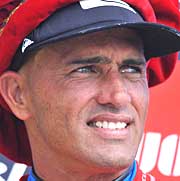
The museum also hosts various special events pertaining to the sport of surfing and features a permanant exhibit on Kelly Slater, a Cocoa Beach native and 11-time world surfing champion.
The Cocoa Beach Surf Museum is located in the Ron Jon’s Watersports building, at the corner of 520 and A1A and is open 8:00 a.m. – 8:00 p.m. Monday-Sunday.
CLICK HERE TO VIEW THE COCOA BEACH SURF MUSEUM FACEBOOK PAGE
ABOUT THE AUTHOR

John Hughes has surfed Cocoa Beach for 50 years and is the organizer of two of the biggest paddleboard races in the state — the Causeway to Causeway Challenge and the Florida State Paddleboard Championship. Hughes is the president of the Cocoa Beach Surf Museum and a disciple of the Waterman’s Ethic, an unwritten philosophy, sort of a yardstick to determine the worthiness of people who surf. You can reach Hughes at jhughes@cocoabeachsurfmuseum.org



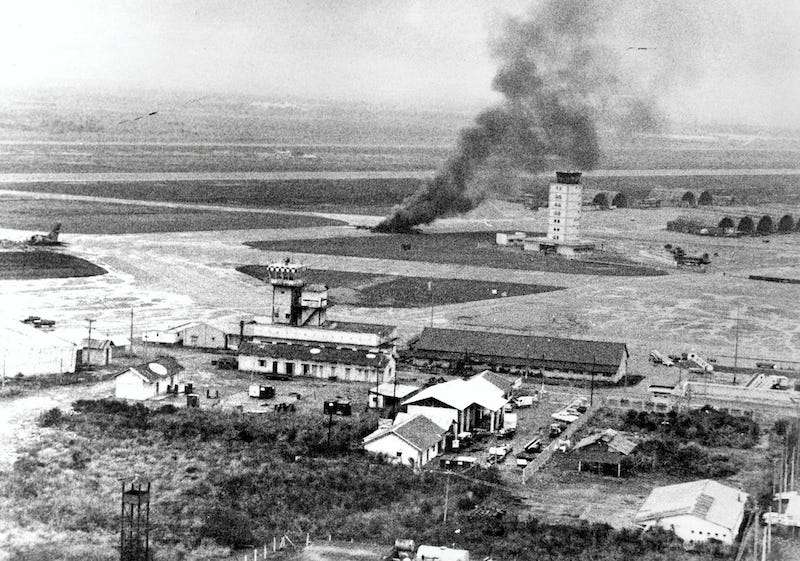

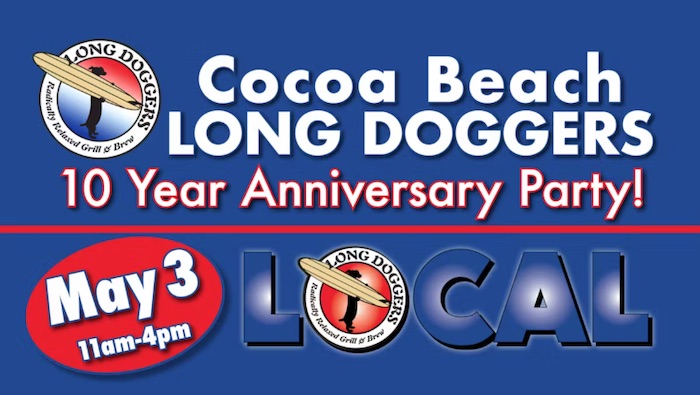
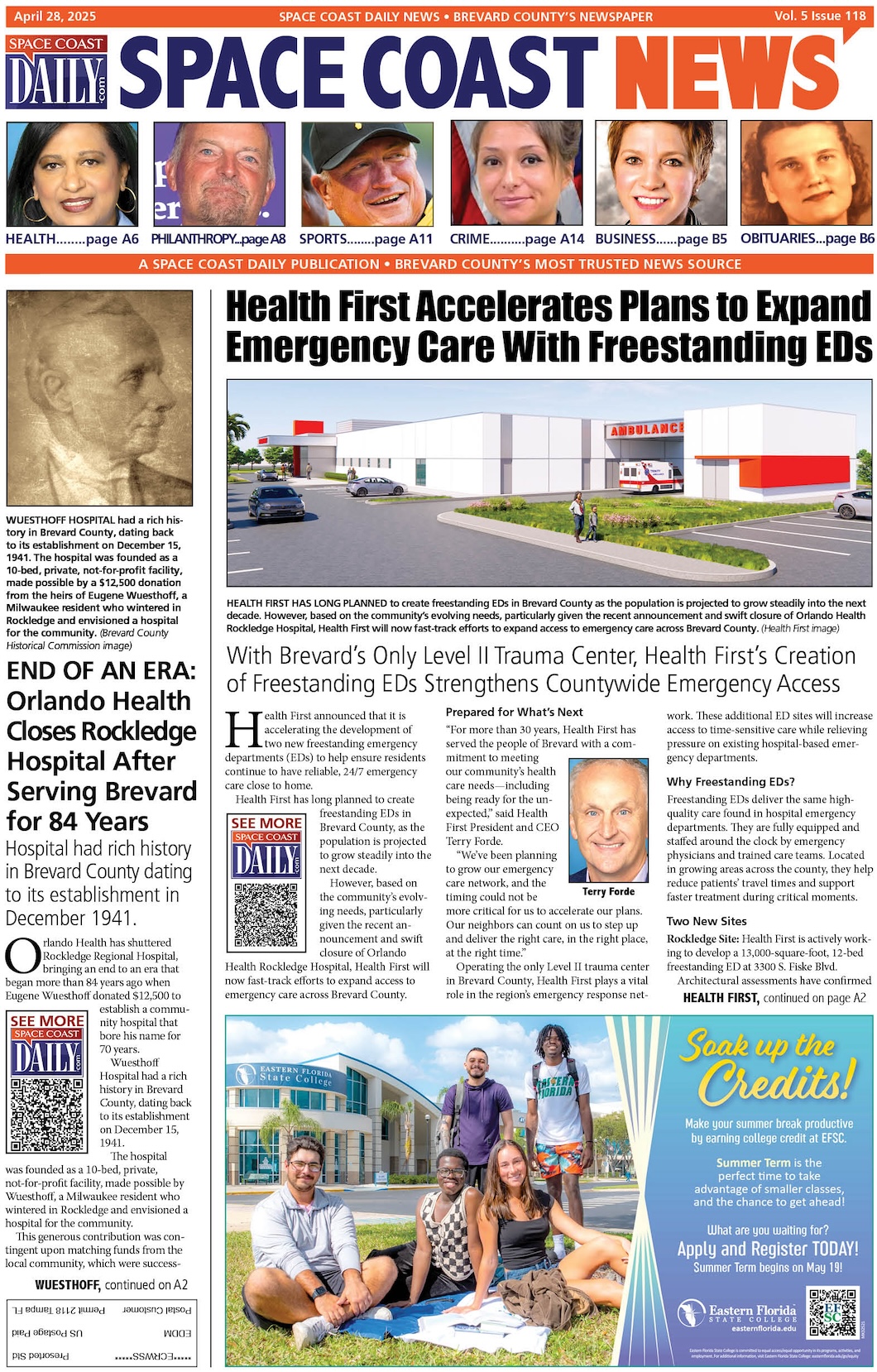
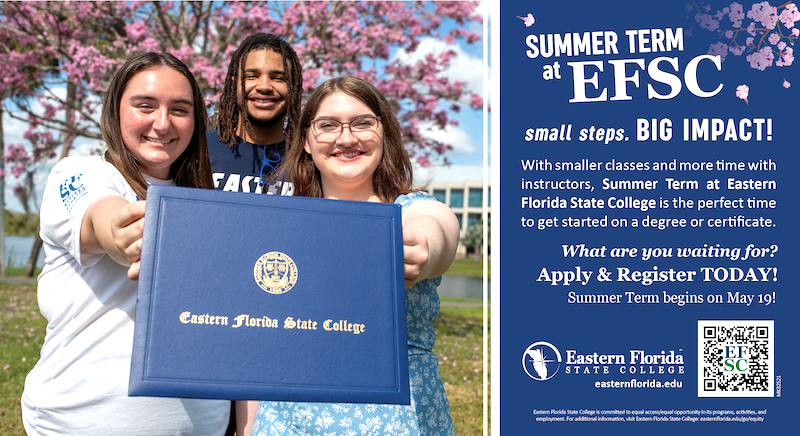
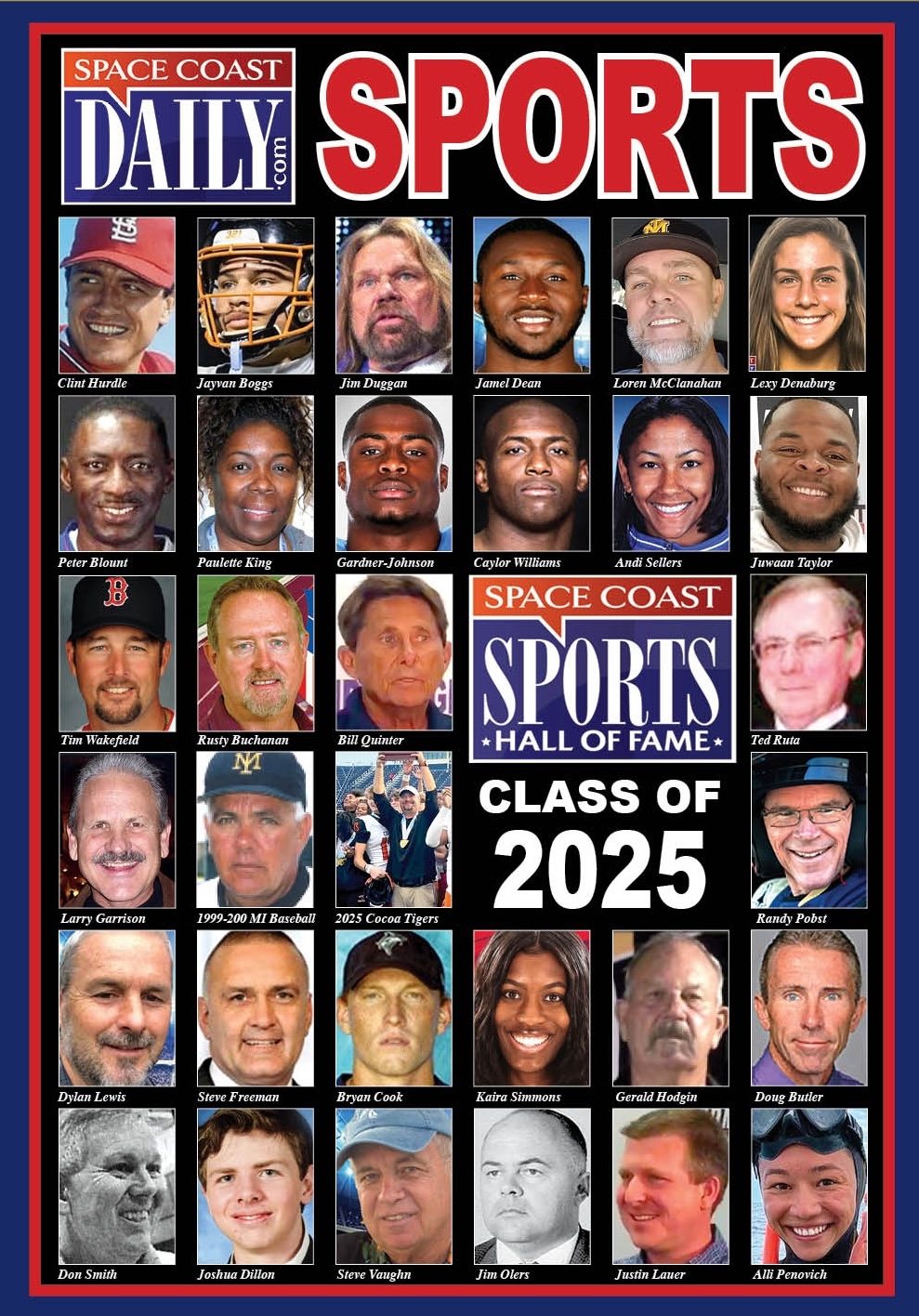

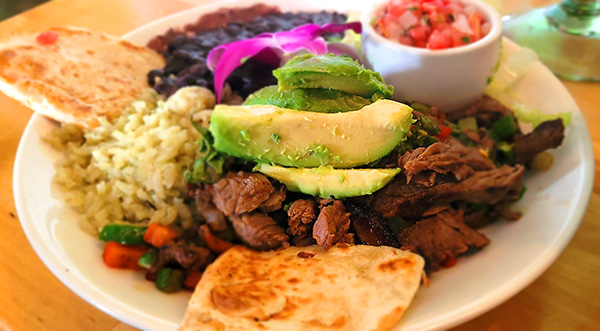


Paddle boarding is something I just got into. I really enjoy it and I’ve seen a lot of my friends who are surfers get into it as well. Even my sister enjoys it but she is still not a diehard fan like myself. I really enjoyed reading this article on the topic and it inspired me even further.
Allan.